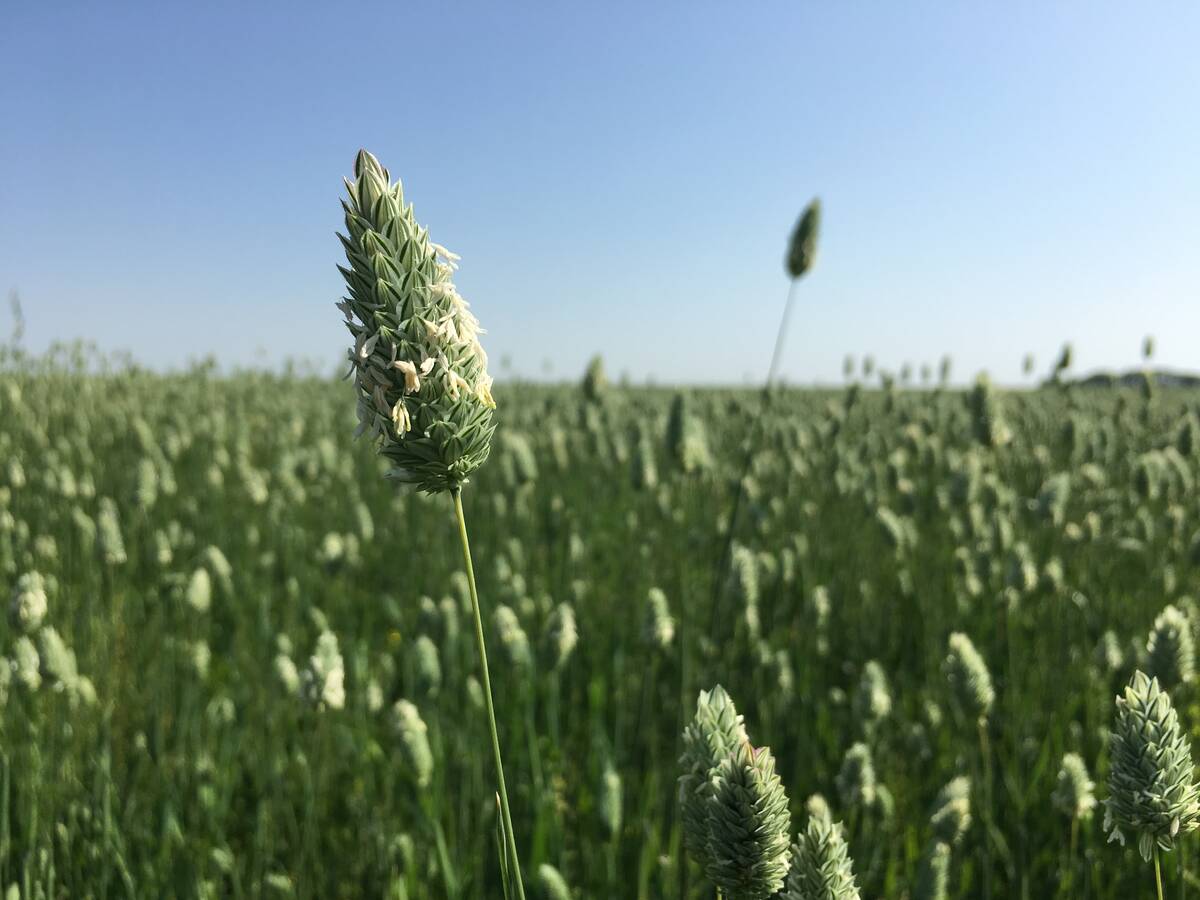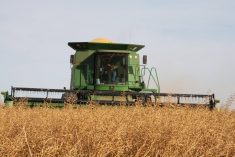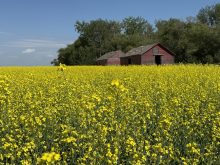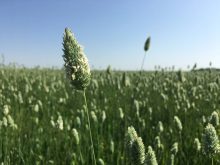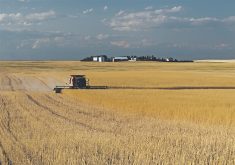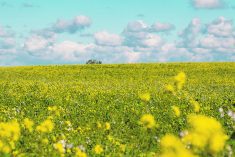WHISTLER, B.C. — Analysts and traders are forecasting a “boring” year for special crops.
Marlene Boersch, analyst with Mercantile Consulting Venture, estimates that canaryseed yields averaged 1,300 pounds per acre in 2025.
That is substantially higher than Statistics Canada’s initial forecast of 1,084 lb..
The all-time high for yields was 1,480 lb. per acre, set in 2020, she told delegates attending the 2025 Pulse and Special Crops Convention.
She is expecting 182,000 tonnes of production, which is plenty.
Exports are forecast at 135,000 tonnes, with most of that heading to markets such as Mexico and Belgium. Increased buying from China, India and the European Union would be needed to push that number higher.
Read Also

Phosphate prices to remain high
Phosphate prices are expected to remain elevated, according to Mosaic’s president.
Boersch is forecasting 117,000 tonnes of canaryseed ending stocks, up from 84,000 tonnes last year.
Prices have been trending lower since 2022, and she expects them to continue trading in the range of $0.20 to $0.25 per lb.
Kevin Dick, president of All Commodities Trading Ltd., thinks there are probably 30,000 to 60,000 tonnes of carry-in stocks from the previous year, but that is irrelevant.
“That stuff is binned until (the price) rallies to something that starts with a four,” he said.
Dick thinks Boersch’s yield number is too low. He believes it is closer to 1,400 lb. per acre.
He also thinks her export number is too small because low prices are generating a lot of buyer interest from places such as North Africa and China.
“These prices will stimulate demand,” he said.
But he is far from bullish about the crop, forecasting flat and “boring” prices.
“At these low prices, lots of stuff is going to get binned for years,” said Dick.
Canadian growers planted 360,000 acres of mustard, a 40 per cent drop from last year.
However, the sizeable drop will not be enough to offset the large carry-in of 160,000 to 180,000 tonnes of mustard, said Boersch.
Yields will come in much higher than Statistics Canada’s initial forecast of 852 pounds per acre.
Total supply is expected to be 357,000 tonnes, which would be similar to last year. She also expects a similar export program of 90,000 to 95,000 tonnes, with the United States being the dominant buyer.
Carryout is forecast at a “burdensome” 224,000 tonnes.
Dick said there may have been big carry-in from the previous year, but much of it is unmarketable.
He noted that U.S. acres were cut in half due to poor crop insurance values in Montana, and Eastern Europe’s crop is also down 50 per cent.
He figures Canada is in the first year of a three-year cycle of low acres and reduced production, and it likely will not bounce back until 2028.
Dick warned farmers not to expect exciting bids at the Crop Production Show in January. Canadian plantings will probably be sub-300,000 acres next year.
Farmers planted 74,000 acres of sunflower seed, a 23 per cent increase from last year.
Mercantile is forecasting 60,000 tonnes of production, almost all of which is in Manitoba. That is based on an average yield of 1,920 pounds per acre.
U.S. farmers are expected to produce 97,000 tonnes of non-oil sunflower and 687,000 tonnes of the oil-type, a 60 per cent increase over last year.
Canadian exports are pegged at 39,000 tonnes, with almost all of that heading to the U.S. market.
Ending stocks are estimated at 120,000 tonnes, which would be down from last year.
Bob Waldbauer, director of procurement with G.S. Dunn, said sunflower quality is good this year, with more weight and bigger seed size.


